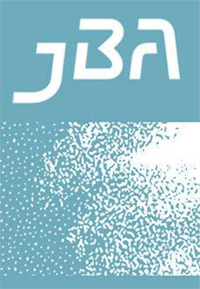Liminality in Advertising from the Mad Men Era
DOI:
https://doi.org/10.22439/jba.v1i1.4961Keywords:
Advertising history, anthropology, liminality, reflexivityAbstract
This article reflects an evolving anthropologist’s marketing career during the 1970s, before anthropology was truly welcomed as contributor to business strategy. I worked on several accounts mentored by a brilliant but conflicted creative director-guru-boss, an experience resulting in this reflexive advertising narrative punctuated by periods of liminality. I used my agency archives from the 1970s and field notes (or advertising log) as my data set to reflect this period. My field journey traversed the Mad Men era, immortalized in the AMC TV series about the 1960s and beyond, where creative directors freely crossed boundaries of sex, class and gender stereotypes. I discuss several advertising campaigns in which I was involved. The broader narrative reveals an uncomfortable divide between cultural empathy and advertising practice. While creatively stimulating, I describe the conflict in a marketing career that challenged ethical sensitivities.Downloads
Published
2016-01-08
Issue
Section
Articles
License
Authors who publish with this journal agree to the following terms:
- Authors retain copyright and grant the journal right of first publication with the work simultaneously licensed under a Creative Commons Attribution License that allows others to share the work with an acknowledgement of the work's authorship and initial publication in this journal.
- Authors are able to enter into separate, additional contractual arrangements for the non-exclusive distribution of the journal's published version of the work (e.g., post it to an institutional repository or publish it in a book), with an acknowledgement of its initial publication in this journal.
- Authors are permitted and encouraged to post their work online (e.g., in institutional repositories or on their website) prior to and during the submission process, as it can lead to productive exchanges, as well as earlier and greater citation of published work (See The Effect of Open Access).



